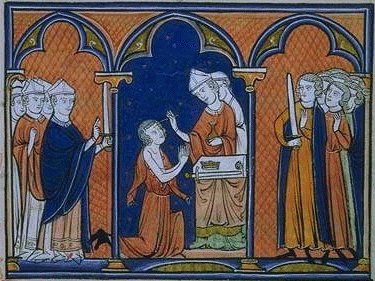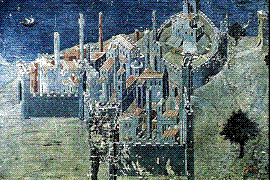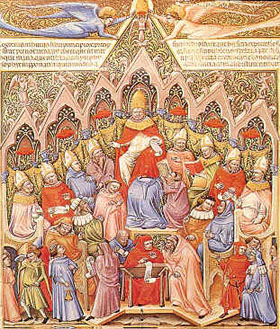|
Pietro Gasparri (1852-1934) was appointed
secretary of the Commission of Cardinals for the Code in 1904.
The
Codex iuris
canonici was published by
Benedict XV, 27
May 1917, with the bull
Providentissima mater ecclesia.
The organization of the
Code was not according to the classical canonical divisions (Iudex, Iudicium,
Clerus, Sponsalia, Crimen) but according to the divisions adopted by ancient
Roman jurists (Gaius and Justinian) (Personae, Res, Actiones)
1983 Codex
iuris canonici Latin
1983 Codex iuris canonici
(English)
1983 Codex iuris canonici Canons 1-95
(Latin-English) |
Codification in the American
Colonies: Massachusetts 1641
Austria (Legal
history): Codex Theresianus
Maria Theresia, 1753-1766
Prussia
(Legal history): Allgemeines Landrecht für die preussischen Staaten
1794 - 17,000 provisions
France (Legal history): All attempts of the revolutionary assemblies to draft a
code failed. Bonaparte appointed 4 men in 1800 to prepare a draft of a code.
The final code was put into place in March, 1804. Had 2281 articles. The new
code did not obviate old law, but only laws contrary to it.
Commentaries were forbidden. In 1807 it was given
name Code Napolon. Later known as
Code civil.
Germany,
Bürgerliches Gesetzbuch (1900)
=BGB - Friedrich Karl von
Savigny Historical School
Spain (Legal history),
Nueva recopilacin 1567,
Recopilacin de las leyes de las Indias
1680,
Novsima recopilacin 1805
Italy (Legal history), 1865
|







